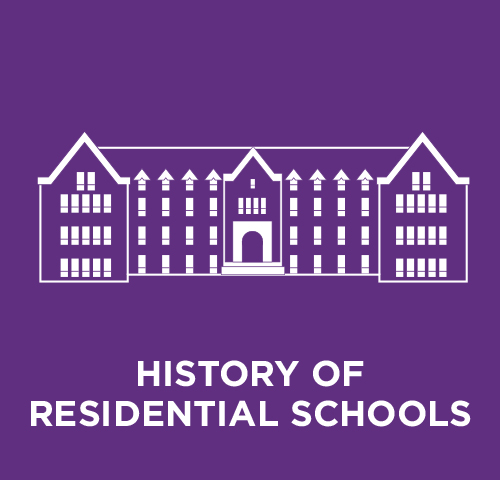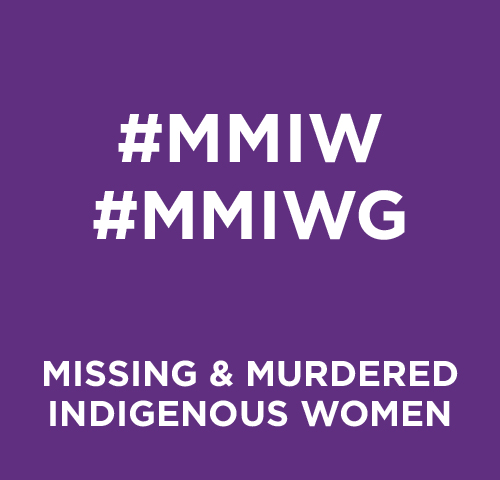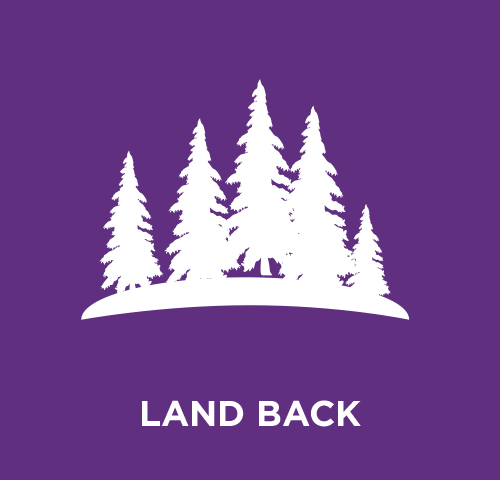Our goal is to promote and educate youth on truth and reconciliation as well as support our Indigenous community.
What is reconciliation?
In Canada, reconciliation meanings bringing together Indigenous peoples and Canadian settlers to repair their relationship and come to a shared understanding.”
– University of Toronto
Reconciliation works towards overcoming the inequalities between Indigenous and non-Indigenous people. In Canada, there are two main commissions that work towards reconciliation; the Royal Commission on Aboriginal People (RCAP) and the Truth and Reconciliation Commission (TRC).
The RCAP has outlined four principles that are needed in order to renew the relationship between Indigenous and non-Indigenous Canadians; recognition, respect, sharing, and responsibility.
Treaties in Canada
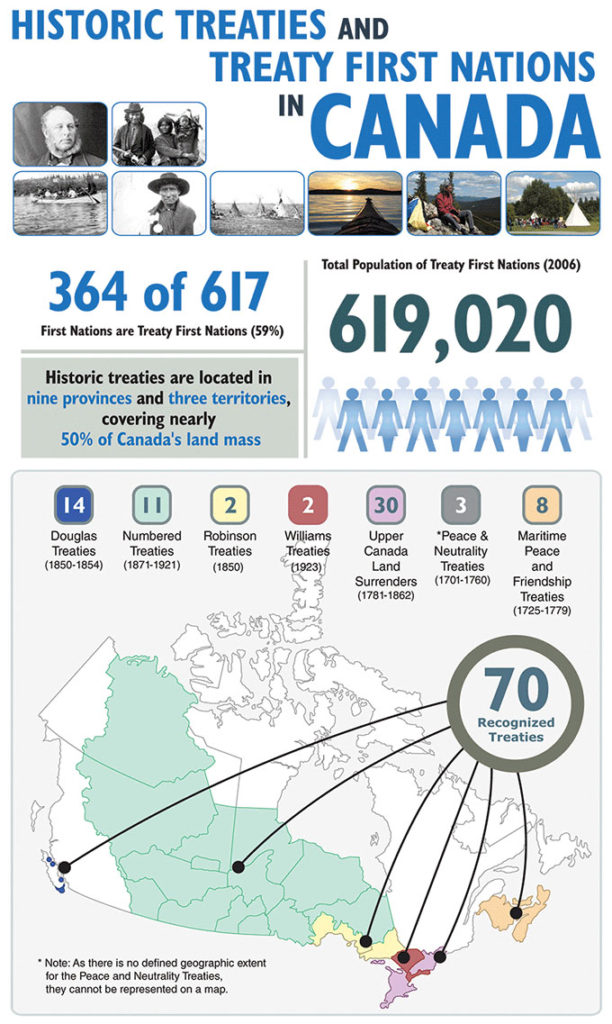
Treaties in Ontario
More than 40 treaties and other land agreements cover Ontario. Treaties are legal agreements that set out the rights and responsibilities of First Nations and the provincial and federal governments. Learn more.
How YOU and your teen can be an ally
- Recognize your privilege – remember, that as a non-indigenous person you are benefiting from a system that deprives First Nations, Métis and Inuit people of their land and rights.
- Challenge your privilege – try and think about how your life and experiences may differ from that of an Indigenous person.
- Identify Stereotypes – make an effort to critically analyze the information you get from the media and challenge the stereotypes you know.
- Check your words and the words of those around you – challenge uninformed jokes, names or comments as these are often the basis for discrimination and racism.
- Listen – just listen to the experiences of indigenous peoples and don’t always try to offer solutions.
- Learn – education is KEY to being an ally.
- Learn more ways to be an ally from the University of Toronto
Urban Indigenous Strategy – City of Hamilton
The City of Hamilton has developed an Urban Indigenous Strategy that will strengthen the City’s relationship with the Indigenous community. The strategy will help promote a better understanding among all residents about Indigenous histories, cultures, experiences and contributions. Learn more.
Learn more about Indigenous Canada
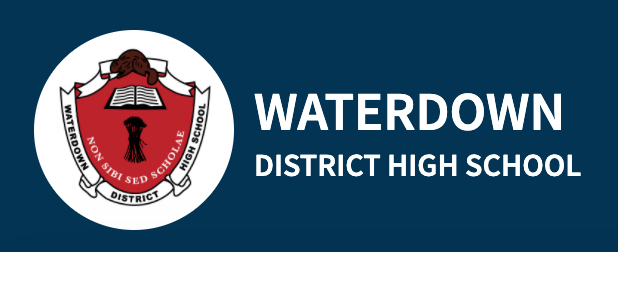
WDHS Indigeneous Studies Program. In partnership with Mohawk College, Nathan Tidridge (WDHS) and Carlie Myke (Mohawk College) have created a dual-credit course where students can earn a credit towards a diploma at Mohawk and a credit for their Ontario Secondary School Diploma (OSSD). Students spend a semester exploring the current Indigenous issues in Canada and will have the opportunity to meet with elders, knowledge keepers and leaders.
*Please note that this course does not always run and is dependent on the number of students who wish to take it. Check with WDHS.
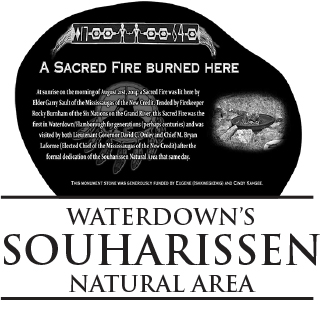
Waterdown’s Souharissen Natural Area is a 55-acre space that was jointly dedicated by the Hon. David C. Onley, 28th Lieutenant Governor of Ontario, and Chief M. Bryan Laforme of the Mississaugas of the Credit First Nation on August 21st, 2014. Learn more about this special area and the Treaty relationships, and responsibilities, it embodies.

The Haudenosaunee Confederacy is an excellent resource for students and teachers alike, this website shares cultural information in historical and contemporary contexts through the eyes of the Haudenosaunee. .

Whose Land Am I On?
Whose Land is both an app and a website and was launched in March, 2018 by Canadian Roots Exchange, TakingITGlobal, and Bold Realities. It’s an educational tool for people to use and learn about Indigenous lands across the country. Whose Land maps out traditional territories across Canada, treaties and agreements as outlined by the government, and Indigenous communities.

The Woodland Cultural Centre in Brantford works to preserve and promote Indigenous history, art, language and culture. They focus on education through their museum and tours of the Mohawk Institute Residential school.
Their Save the Evidence Campaign aims to raise awareness and support for the rebuilding of the Mohawk Institute Residential School and to develop the building into an Interpreted Historic Site and Educational Resource.

Learn more about the Canadian Truth and Reconciliation process at the National Centre for Truth and Reconciliation. Participate in educational events and learn more about our Canadian Indigenous peoples.

The University of Toronto Ontario Institute for Studies in Education (OISE) has a free module on What is Reconciliation.
Resources

Hamilton Regional Indian Centre – Various supports and programs available to Urban Aboriginal People. (905) 548-9593
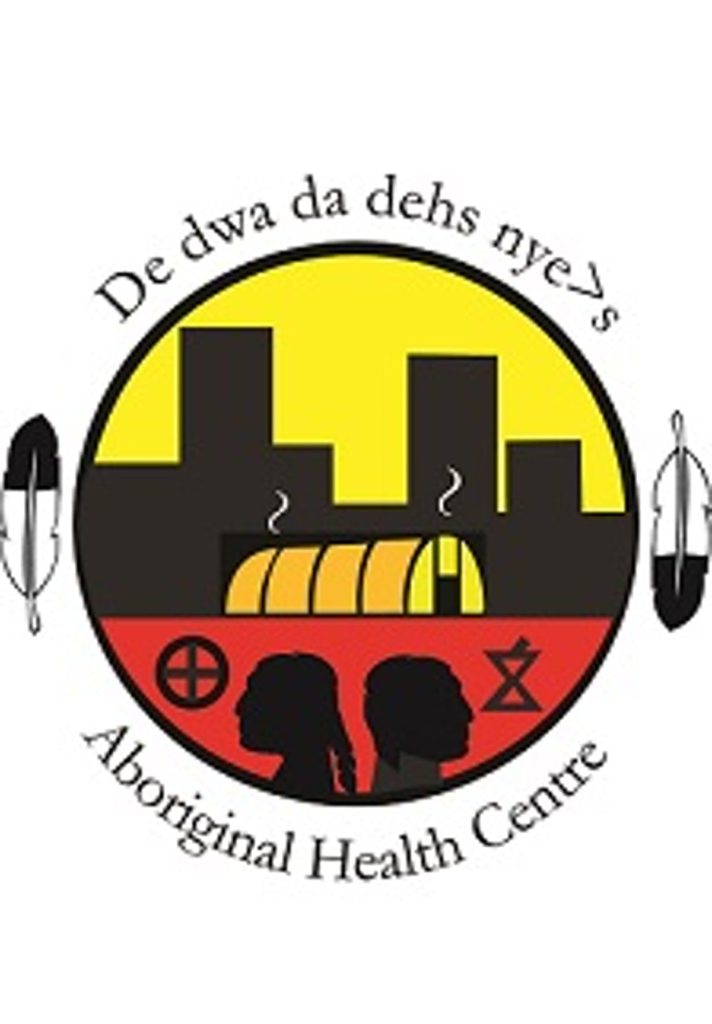
Aboriginal Health Centre – Health and wellness supports available to Aboriginal individuals (905) 544-4320

In 1993, the Métis Nation of Ontario (MNO) was established through the will of Métis people and Métis communities coming together throughout Ontario to create a Métis-specific governance structure.
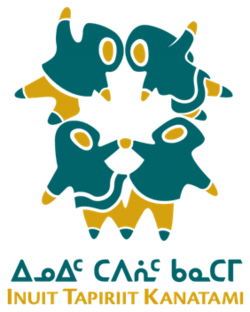
Inuit Tapiriit Kanatami is the National Representational Organization Protecting and Advancing the Rights and Interests of Inuit in Canada
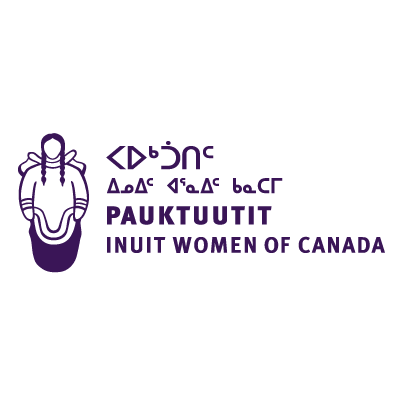
Pauktuutit is the national representative organization of Inuit women in Canada and is governed by a 14-member Board of Directors from across Canada. We foster greater awareness of the needs of Inuit women, advocate for equality and social improvements, and encourage Inuit women’s full participation in the community, regional and national life of Canada.

